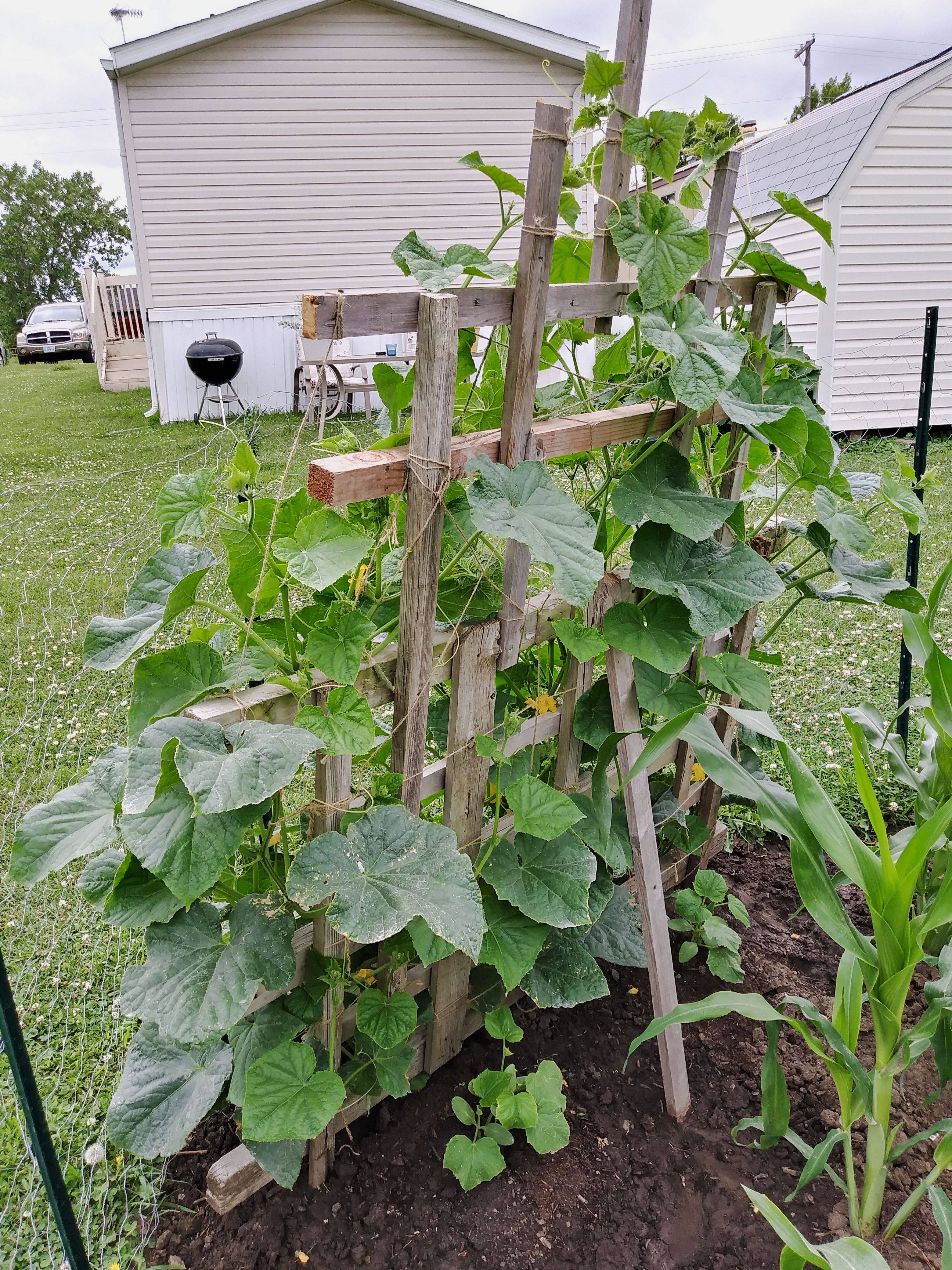The information on this page applies to seedlings sold by LEAF Nursery during our 2021 Seedling Sale.

Cucumis sativus. Chelsea Prize our cucumber lovers’ reward, 12 to 15 inch Chelsea Prize is the same long, elegantly slender English cucumber found at a premium price in upscale markets. These thin skinned, bitter-free cucumbers are always easy to digest with absolutely delicious crispy sweet flesh and few seeds. The handsome glossy fruits are produced in abundance from every node of the vigorous, self-pollinating vines. Enjoy them all summer in wafer-thin juicy slices for salads or cut into refreshing crisp wedges. (Scab resistant)[1]
Seed Type
| Organic | Heirloom | Non-GMO | Hybrid | Open-pollinated | Untreated |
Additional Information
| Container Friendly | Trellis Needed | Easy to Grow | Pollinator Friendly |
When to Plant Your Seedling
| Jan | Feb | Mar | Apr | May | Jun | Jul | Aug | Sep | Oct | Nov | Dec |
Growing Conditions
| Light | Temperature | Soil | Water |
|---|---|---|---|
| Full Sun | 75-90 F | Rich well drained soil | Average water |
Planting Tips
| Plant Spacing | Plant Size | Days to Maturity |
|---|---|---|
| 12" | 60 days from seed |
- Additional instructions: Protect seedlings from marauding birds with plastic berry baskets, removing before plants get crowded. Shallow rooted cucumbers need ample and consistent moisture. Avoid overly wet or dry periods for good quality fruit. Growing cucumber vines up vertical supports gives you long straight fruits and saves garden space.[1]
- Cucumber roots are sensitive to disturbance, transplant carefully.
- Fruits are medium green with small, white "spines" can be harvested from 1½"–6" long. Resistant to anthracnose, angular leaf spot, cucumber mosaic virus, downy mildew, and powdery mildew. Apply a slow-release, balanced fertilizer (equal parts nitrogen, phosphorus, and potassium) to soil before sowing. Since root system is extensive, fertilize the entire growing area evenly, as cucumber root are susceptible to fertilizer burn when fertilizer is applied too densely around the base of the plant.[2]
- Cucumbers require rich, well-drained soil, a long rotation cycle (don't plant them in the same spot year after year), consistent moisture and proper spacing help reduce stress on plants and avoidance of common cucumber diseases like scab and mosaic.
- Most varieties of cucumber vines spread from row to row. Training on a cage, trellis or fence along the edge of the garden will correct this and also lift the fruit off the soil. Trellising gets leaves up off the ground so that they dry off faster. Also, if the vines are trellised, the gardener is less likely to step on the vines and there is no need to move the vines for weeding or other purposes, reducing the risk of damage. If trellising is not possible, there are many excellent bush varieties of cucumber available now. Most of them produce well for a limited amount of space and may be a desirable alternative in a small garden. If vines are not trellised, avoid destroying blossoms or kinking vines by gently rolling the vines away rather than lifting them when searching for harvestable fruit. In non-trellised plantings, organic materials are useful in the summer to return moisture and keep the fruit clean. Working in the vines when leaves are wet could spread disease. Wait until after morning dew or rain evaporates. There has been a significant increase in disease resistance in cucumber varieties in recent years. Select resistant varieties when possible.[3]
- Harvesting instructions: Cut rather than pull fruits from vines before seeds are large inside. Harvest every few days for longest fruit production. These juicy tender cucumbers need no peeling. Slice and enjoy for refreshing snacks, in salads and sandwiches. Eat cucumbers within a day or two of picking for best taste and quality.[1]
- Pick, and pick some more! Overly mature cucumbers on the vine will slow production of new cucumbers. Cut the stem rather than pulling at the fruit, as stems are fragile. To increase the quality and storage time, once picked, immediately immerse in cold water to disperse “field heat”.
Common Diseases and Pests
- Aphids, Spider mites, Whiteflies, Leafhoppers, Leafmines, Cucumber Beetle, Squash Bug, Nematodes, Angular Leafspot, Powdery Mildew, Downy Mildew, Mosaic Virus, Verticillium wilt, Sudden wilt, and Belly Rot[3]
Useful Resources
- https://www.reneesgarden.com/products/cucumber-english-chelsea-prize(Seed Source)
- https://www.botanicalinterests.com/product/Cucumber-Sow-and-Grow-Guide
- https://vric.ucdavis.edu/pdf/cucumber.pdf
- https://sfbaygardening.com/resources/bay-area-planting-calendar/
If you bought this seedling and have any questions or feedback, let us know in the comment section below.